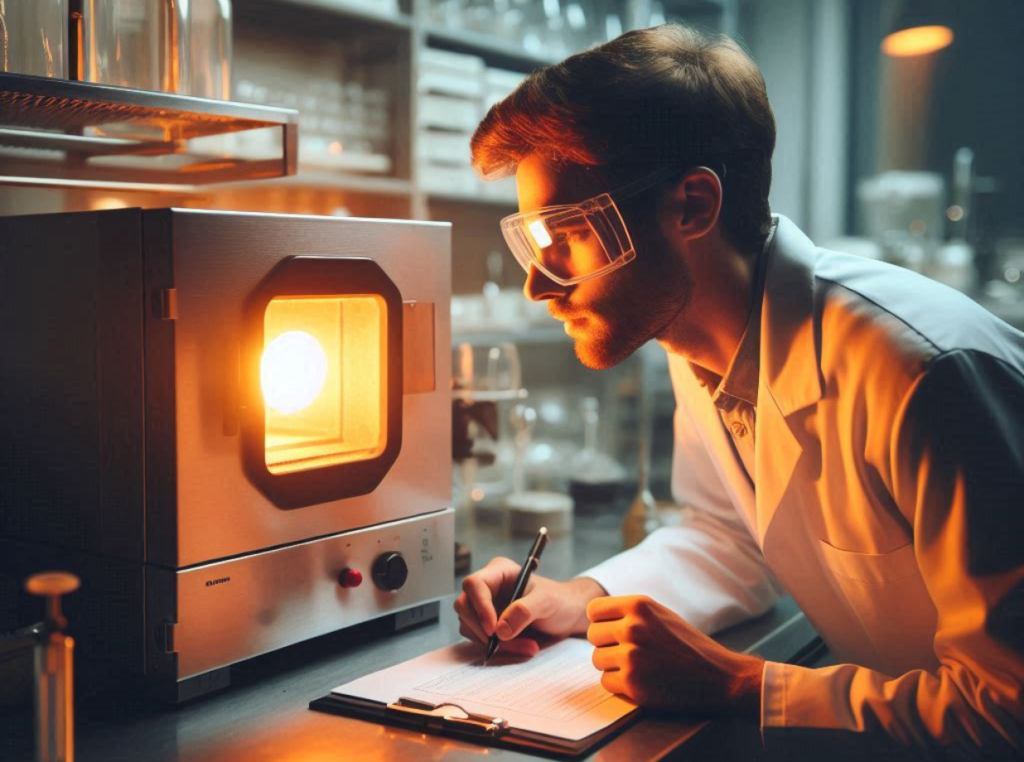Hey there, water enthusiasts and curious minds! Today, we’re diving into the fascinating world of wastewater treatment. Our star of the show? Mixed Liquor Volatile Suspended Solids, or MLVSS for short. Don’t let the fancy name scare you off – by the end of this article, you’ll be chatting about MLVSS like a pro at your next dinner party (because who doesn’t talk about wastewater treatment over dinner, right?).
What in the World is MLVSS?
Let’s break it down:
| Term | Definition |
|---|---|
| Mixed Liquor | The soupy mixture in wastewater treatment tanks. |
| Volatile Suspended Solids | Tiny particles in the mix that can be burned off at high temperatures. |
Put simply, MLVSS refers to the living microorganisms and organic matter floating around in our wastewater treatment tanks. Think of it as the “living” part of the treatment process – the tiny heroes working tirelessly to clean our water.
Why should we care? Well, MLVSS is super important in wastewater treatment. It’s like the pulse of the system, telling us how healthy and active our microbial community is. And trust me, we want those microbes to be happy and productive!
Getting to Know MLVSS Better

What’s in the Mix?
MLVSS is made up of three main components:
| Component | Description |
|---|---|
| Living microorganisms | The bacteria, protozoa, and other tiny critters that treat wastewater. |
| Dead microorganisms | Microbes that have reached the end of their life cycle. |
| Organic matter | Food for the living microorganisms. |
It’s like a microscopic ecosystem in there!
MLVSS vs. MLSS: What’s the Difference?
| Term | Definition |
|---|---|
| MLSS (Mixed Liquor Suspended Solids) | Includes all suspended materials (organic and inorganic). |
| MLVSS (Mixed Liquor Volatile Suspended Solids) | Only the organic (living) part of MLSS. |
Think of MLSS as the whole pizza, and MLVSS as just the toppings (minus any pineapple – that’s a debate for another day).
What’s Normal?
| Parameter | Range |
|---|---|
| MLVSS | Typically 70-80% of MLSS |
| Example | If MLSS = 3000 mg/L, MLVSS ≈ 2100-2400 mg/L |
Every treatment plant is unique, just like grandma’s secret recipe!
Measuring MLVSS: No Crystal Ball Required
Here’s the process:
| Step | Description |
|---|---|
| 1. | Sample the mixed liquor from the treatment tank. |
| 2. | Filter to catch solids. |
| 3. | Dry the sample. |
| 4. | Weigh it (gives MLSS). |
| 5. | Heat the sample to 550°C (1022°F). |
| 6. | Weigh again – the weight lost is MLVSS. |
It’s like burning off the pizza toppings to see what’s left of the crust!
Some plants use advanced techniques like real-time optical sensors, offering a “Fitbit” for wastewater monitoring.
Why MLVSS Matters: The Superstar of Wastewater Treatment
| Benefit | Description |
|---|---|
| Biomass Indicator | Shows how many working microorganisms are present. |
| Nutrient Removal | Microorganisms remove nitrogen and phosphorus, acting like tiny vacuum cleaners. |
| Treatment Efficiency | MLVSS provides insight into the health and performance of the treatment process. |
Factors Affecting MLVSS: It’s Complicated (But Interesting!)
| Factor | Influence on MLVSS |
|---|---|
| Influent Characteristics | The type of incoming wastewater (household, industrial) impacts microbial growth. |
| Sludge Retention Time (SRT) | Longer SRT can lead to more MLVSS up to a point. |
| Food to Microorganism (F/M) Ratio | Balancing waste (food) with microorganisms is key. |
| Dissolved Oxygen Levels | Microbes need oxygen to thrive! |
| Environmental Factors | Temperature, seasonal variations, and pH can affect microbial activity. |
MLVSS in Different Treatment Processes
| Process | MLVSS Role |
|---|---|
| Activated Sludge Systems | MLVSS indicates microbial health and treatment efficiency. |
| Membrane Bioreactors (MBR) | Higher MLVSS concentrations optimize performance. |
| Sequencing Batch Reactors (SBR) | MLVSS helps time treatment phases accurately. |
Optimizing MLVSS: Finding the Sweet Spot
| Action | Purpose |
|---|---|
| Maintain Optimal Concentrations | Aim for MLVSS levels between 1500-4000 mg/L (depends on the plant). |
| Balance with Other Parameters | Consider MLSS, F/M ratio, and SRT for best results. |
| Troubleshooting | High MLVSS could cause settling issues, while low MLVSS might indicate too much sludge wasting. |
The Future of MLVSS: It’s Looking Bright (and Clean)!
- Real-time Monitoring: Imagine knowing your MLVSS levels 24/7!
- Smart Control Systems: AI and machine learning are helping to optimize MLVSS.
- New Technologies: From advanced sensors to innovative treatment methods, the future of MLVSS management looks promising.
Resource Section
Additional Reading:
- EPA Wastewater Technology Fact Sheet: [Link to EPA resource]
- Wastewater Microbiology by Gabriel Bitton: A comprehensive guide on microorganisms in wastewater.
- Manual of Practice – Wastewater Treatment Operations: Available through Water Environment Federation (WEF).
Online Resources:
- WEF Knowledge Center: For the latest in wastewater treatment practices.
- U.S. EPA Wastewater Regulations: Federal guidelines and research on wastewater treatment.
Next time you turn on your tap or flush your toilet, spare a thought for the hardworking microorganisms in your local wastewater treatment plant. They might be small, but their impact is huge!
